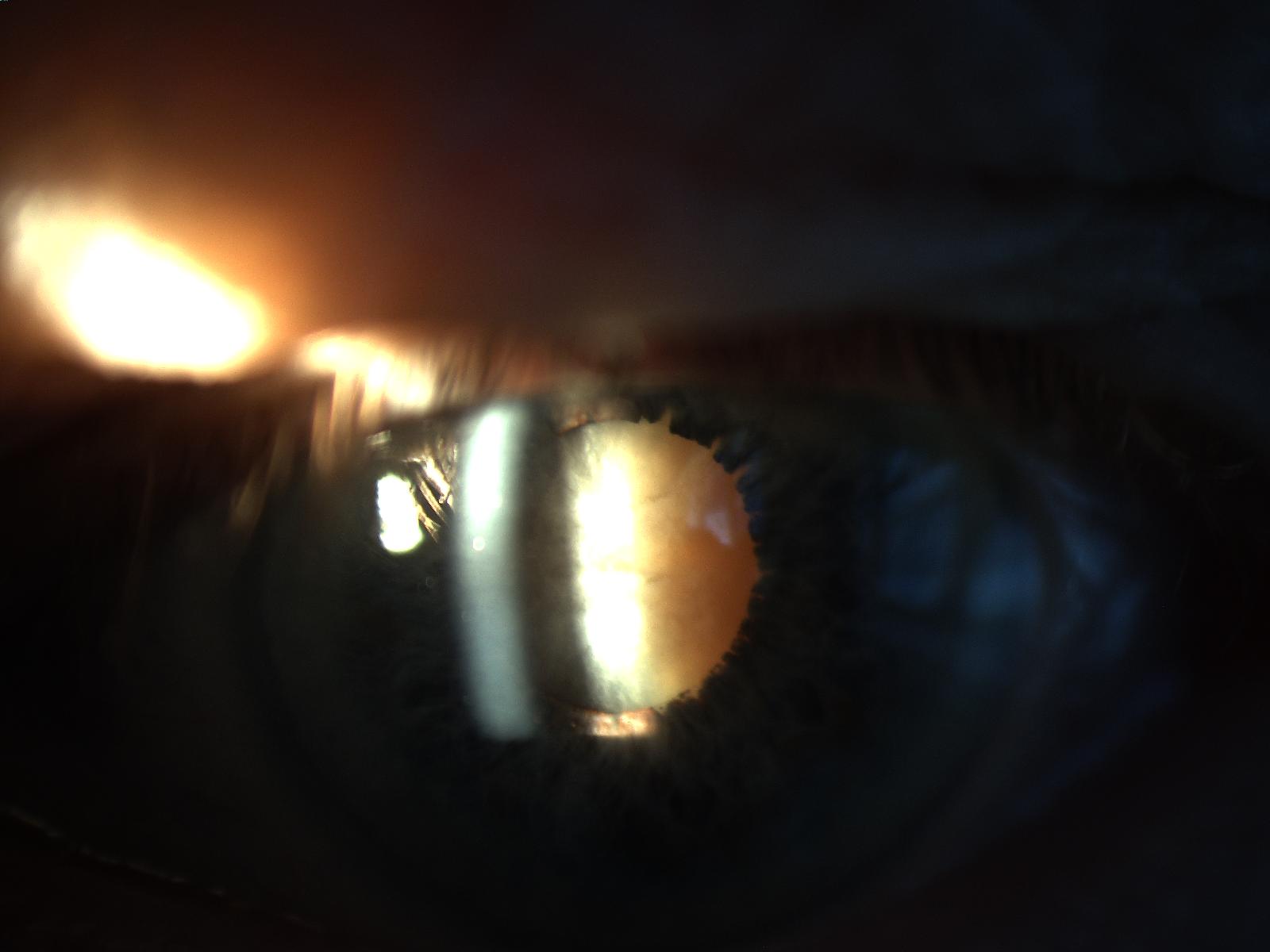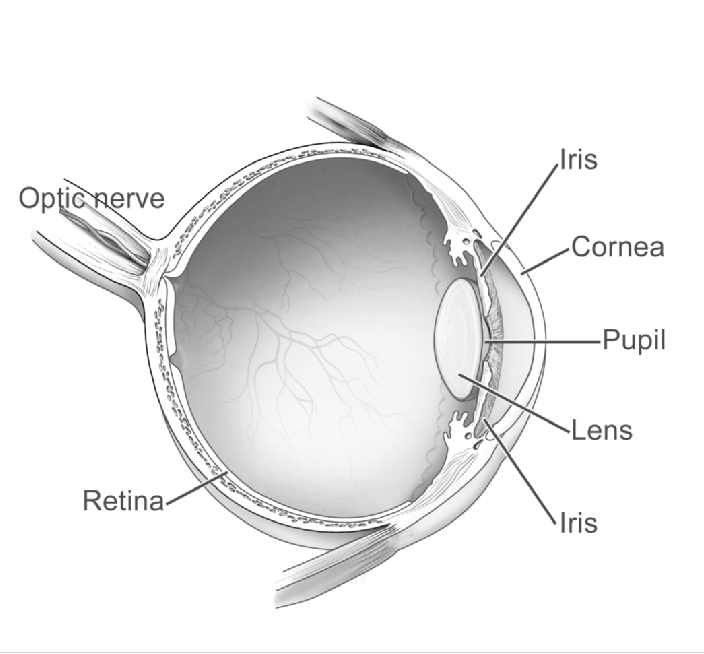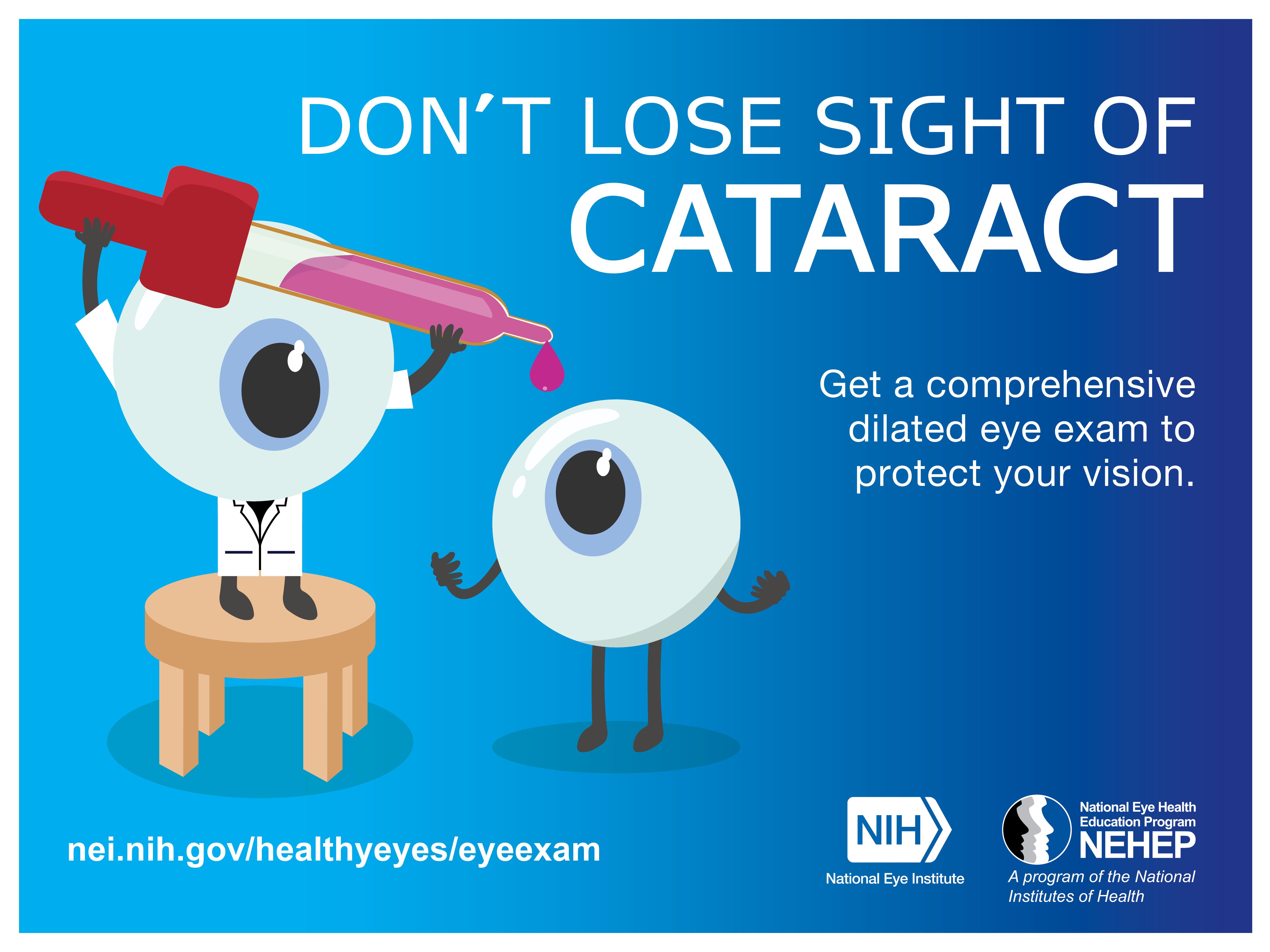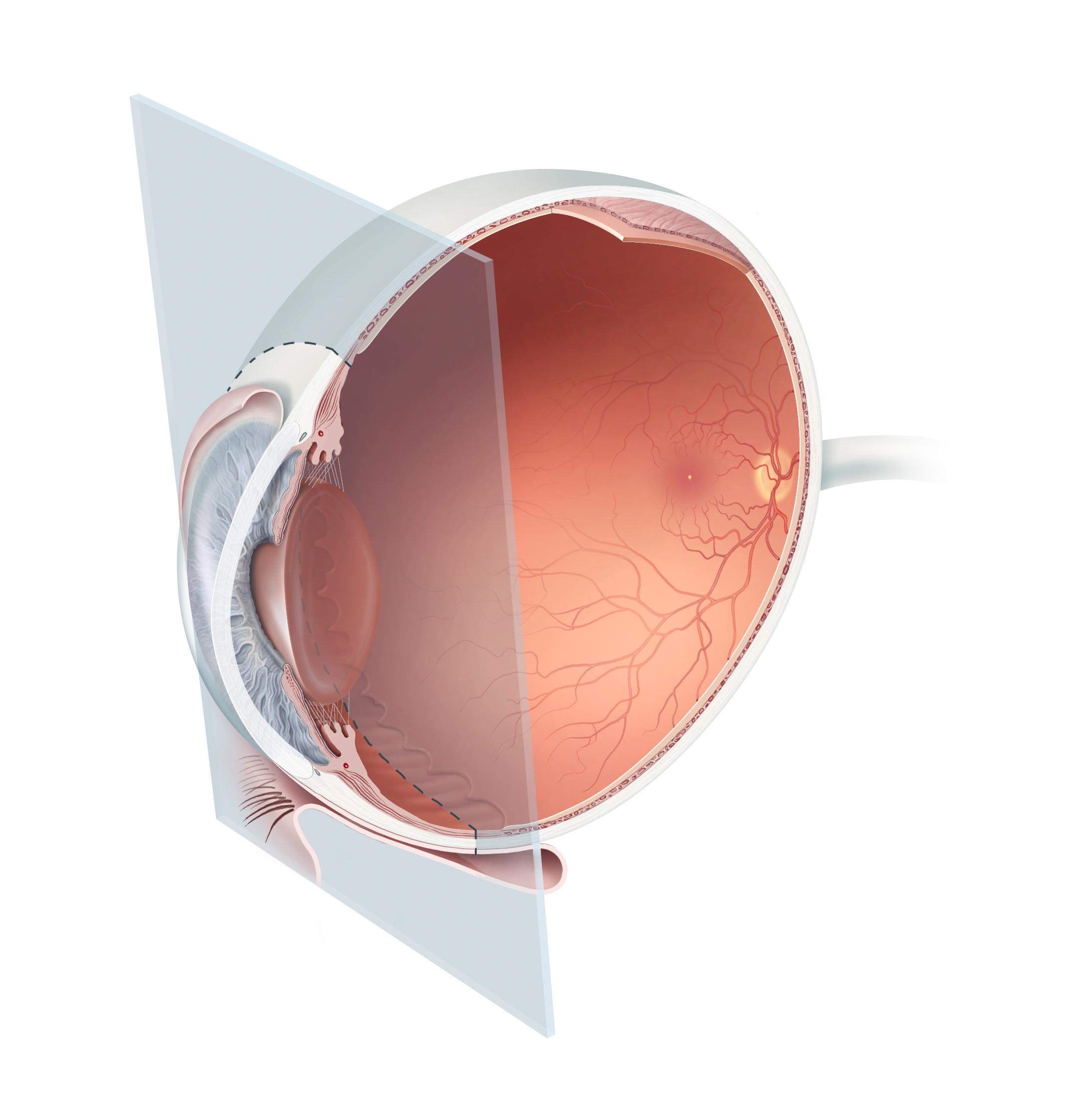Cataract Surgery
also known as Phacoemulsification
Last updated August 31, 2025
Medical information on this page is for educational purposes only and is not a substitute for professional medical advice, diagnosis or treatment.
See our Terms & Conditions and Consent for Telemedicine for details.




Overview
Cataract surgery is a quick, outpatient procedure that removes a cloudy natural lens (the cataract) and replaces it with a clear artificial lens called an intraocular lens (IOL). Most people are awake with numbing drops, feel little to no pain, and notice brighter, sharper vision within days. Modern techniques are highly successful and are used when cataracts make daily tasks like reading, night driving, or recognizing faces difficult. 1
Cataract surgery is one of the safest and most common operations worldwide; the American Academy of Ophthalmology (AAO) provides patient-friendly details on what to expect before, during, and after surgery. 2
How the Procedure Works & Options
How it works: The most common method is phacoemulsification. Through a 2–3 mm corneal micro-incision, the surgeon breaks up the cloudy lens with gentle ultrasound and vacuums it out. A foldable IOL is placed into the natural lens capsule where it unfolds and stays in position. Stitches are rarely needed, and the whole procedure usually takes less than 20–30 minutes per eye. 3
Lens choices: You and your surgeon choose an IOL to match your visual goals. Options include standard monofocal lenses (usually set for clear distance), toric lenses that correct astigmatism, and newer technologies such as extended-depth-of-focus and multifocal lenses to reduce dependence on glasses. A light-adjustable lens can be fine-tuned after surgery in the clinic. Your doctor will explain trade-offs like halos or the need for reading glasses based on the lens selected. 4
Who Is a Candidate?
You’re usually a candidate when cataracts blur or glare your vision enough to interfere with daily life—driving at night, seeing street signs, reading, cooking, or enjoying hobbies. A complete eye exam confirms that the cataract (not another problem) is the main reason for the vision drop. Surgery is the only way to remove a cataract, but timing is individualized based on your symptoms and needs. 5
Many people can safely wait if they still function well; your ophthalmologist will discuss benefits and the right timing for you. 6
Cataract Surgery Readiness Score
Enter your details below to check your suitability for this treatment
Suitability Level
Recommendation
Cost and Price
How payment typically works in the U.S.: For medically necessary cataract surgery, Medicare Part B and most commercial insurance plans generally cover the facility, surgeon, anesthesia, and a standard monofocal IOL, after deductibles and coinsurance. If Medicare covers cataract surgery in your area, the benefit applies whether your surgeon uses traditional techniques or femtosecond laser assistance (coverage rules are the same; laser fees may add out-of-pocket costs). Ask your clinic for a written estimate of covered and non-covered items.
After surgery, Medicare typically helps with one pair of eyeglasses or contact lenses if they are needed following IOL placement; upgraded frames or extras may cost more.
What can add to your bill?
- Premium IOLs (e.g., multifocal, extended-depth-of-focus, light-adjustable) often have an elective upgrade fee not covered by insurance.
- Laser-assisted steps or advanced diagnostics may carry surgeon or facility fees.
- Post-op glasses beyond the single Medicare-covered pair, or specialty lenses, may be extra.
Ways to plan and save: Use HSA/FSA funds when available, compare package pricing (pre-op testing, surgery, routine follow-ups), and ask about financing for elective upgrades. Your surgeon can also discuss choosing a standard covered option if budget is tight. 7
Benefits and Limitations
Benefits: Cataract surgery can restore clarity, color, and contrast, and it often improves night driving and overall quality of life. Many people reduce their glasses dependence—especially if they select toric or presbyopia-correcting lenses. 9 Because the cloudy lens is removed, the cataract itself does not grow back. (A common later issue is capsule haze—see recovery.)
Limitations & risks: Not every eye reaches 20/20; other conditions (macular degeneration, glaucoma, corneal disease) can limit the final vision. Some patients still need glasses—especially for reading with a monofocal lens. Rare but serious risks include infection, severe inflammation, or retinal detachment; your surgeon minimizes these and explains warning signs to watch for. 10
Recovery and Long-Term Care
Right after surgery: Most people go home the same day and resume light activities within 24 hours. Expect mild scratchiness or light sensitivity that fades over a few days. You’ll use prescription drops (antibiotic and anti-inflammatory) for 2–4 weeks and wear a shield at night for several days. 11 Your first check is usually the next day, with additional visits to confirm healing and update your glasses if needed. 12
Posterior capsule opacification (PCO): Months or years later, the lens capsule that holds the IOL can become cloudy, making vision hazy again. A quick clinic laser (YAG capsulotomy) opens the capsule to restore clarity—no incisions, no downtime. 13 Continue routine eye exams to monitor eye pressure, retina health, and IOL position over time. 14
Latest Research & Innovations
Technology refinements: Studies comparing femtosecond laser–assisted cataract surgery with standard ultrasound surgery report similar vision outcomes overall, while continuing to refine precision for certain steps. Your surgeon will recommend the approach that best fits your eye and budget. 15 New IOL designs—such as light-adjustable and extended-depth-of-focus lenses—offer more ways to tailor vision after surgery.
What’s on the horizon: Researchers are exploring medicines that might one day slow or prevent lens clouding, though surgery remains the only proven treatment today. The National Eye Institute has highlighted work toward potential drug approaches, but these are not yet part of standard care. 16
Recently Published in Peer-Reviewed Journals
Ophthalmology. Glaucoma
July 31, 2025
Glaucoma Surgery: From the Tried and True to the Novel and New.
Gedde SJ, Herndon LW Jr
BMC ophthalmology
July 29, 2025
Place of dexamethasone implant as an adjunctive treatment in Coats' disease: a retrospective single-center study.
Ural Fatihoglu O, Ayhan Z, Ozturk T, et al.
Ophthalmology
July 28, 2025
Risk of depression in persistent blue light deprivation following cataract surgery: a population-based cohort study.
Lee JS, Kim S, Kim CY, et al.
Next Steps – See an Ophthalmologist
If cloudy vision is holding you back, schedule a comprehensive exam with an ophthalmologist (a medical doctor for the eyes). Bring your glasses, medication list, and note when glare or blur bothers you most. You can search the AAO’s directory to find a board-certified specialist near you. If cost is a concern, the National Eye Institute lists programs that may help you find free or low-cost care, including cataract services in some areas. 18
Trusted Providers for Cataract Surgery

Dr. Connie Wu
Specialty
Glaucoma
Education
The Warren Alpert Medical School of Brown University

Dr. Dane Slentz
Specialty
Oculoplastics
Education
Oculoplastics

Dr. Emily Eton
Specialty
Retina/Vitreous
Education
Harvard Medical School

Dr. Emily Schehlein
Specialty
Glaucoma
Education
Glaucoma

Dr. Grayson Armstrong
Specialty
Retina/Vitreous
Education
Ophthalmology

Dr. Jose Davila
Specialty
Retina/Vitreous
Education
Retina/Vitreous Surgery

Dr. Karen Chen
Specialty
Glaucoma
Education
Glaucoma

Dr. Levi Kanu
Specialty
Cornea and External Disease
Education
Cornea and External Disease

Dr. Nicholas Carducci
Specialty
Retina/Vitreous
Education
University of Pennsylvania Perelman School of Medicine